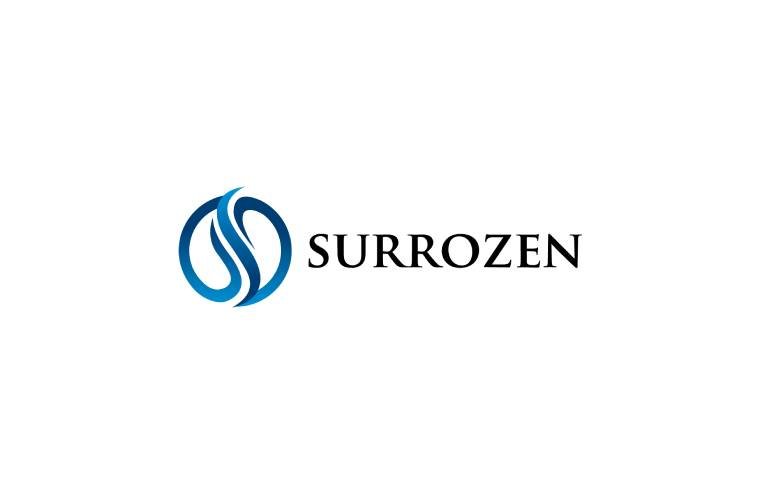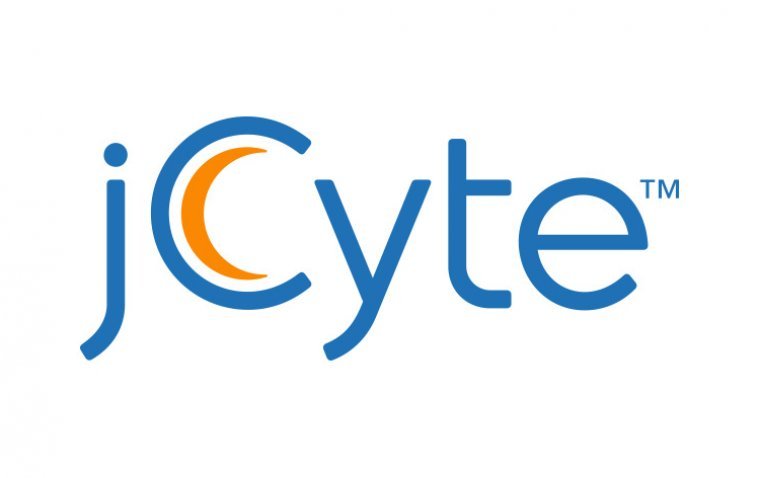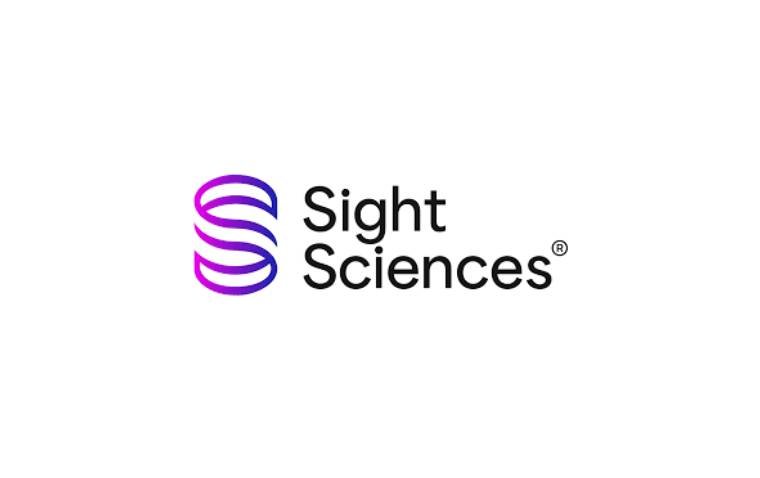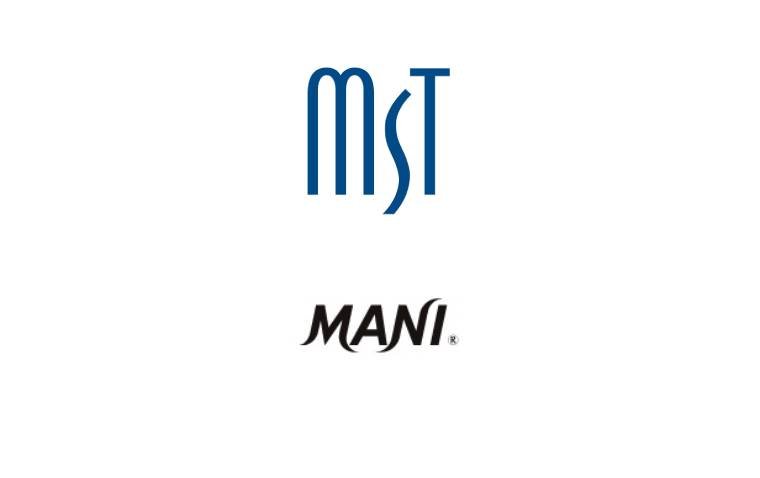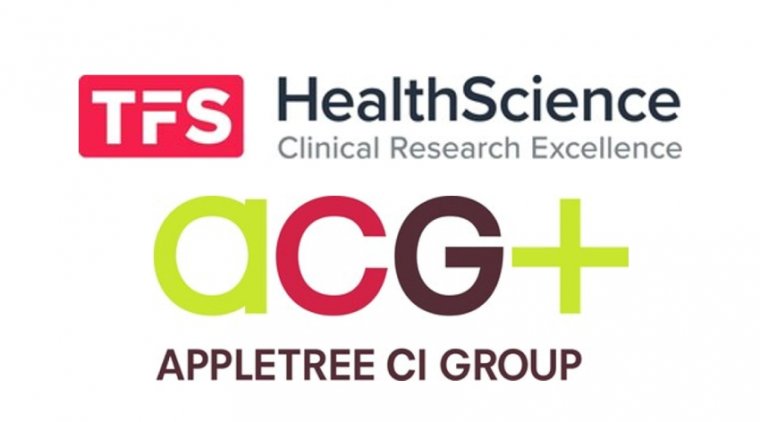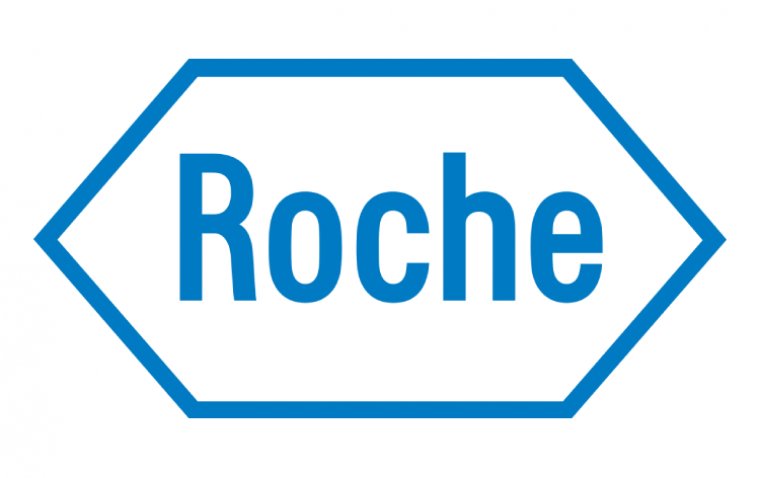
NEI Provides $6.4M Grant for New Vision Loss Treatment Innovations
Dr. Christopher Cioffi, the Thomas and Constance D’Ambra Professor in Organic Chemistry at Rensselaer Polytechnic Institute, is collaborating with Dr. Konstantin Petrukhin, Professor of Ophthalmic Science at Columbia University, to develop promising compounds aimed at treating dry age-related macular degeneration (AMD) and Stargardt disease. The National Eye Institute (NEI) has awarded the team a $6.4 million grant to support drug development and investigational new drug (IND)-enabling toxicology studies.
Advancing Toward Clinical Trials
“This award brings us closer to clinical trials for our compound,” Cioffi said, emphasizing their compound’s potential to slow disease progression and preserve vision in patients with Stargardt disease and dry AMD.
Background on AMD and Stargardt Disease
Dry AMD is the leading cause of blindness among individuals aged 60 and older in the United States. It involves the accumulation of lipofuscin, a toxic substance that builds up in the retina over time. Stargardt disease, a rare genetic condition that usually manifests in childhood, also results in lipofuscin accumulation, particularly in the macula, a central retinal area critical for vision.
The accumulation of lipofuscin is primarily due to yellow-brown pigment granules known as pyridinium bisretinoids, which are cytotoxic. Cioffi and Petrukhin are focusing on inhibiting the synthesis of these bisretinoids to address dry AMD and Stargardt disease.
Targeting the Retinol Transport System to Reduce Lipofuscin
Their research centers on the retinol transport mechanism, where retinol-binding protein 4 (RBP4) and transthyretin (TTR) complex mediate the delivery of retinol from the bloodstream to the retina. By developing RBP4 antagonists, they aim to interrupt this process, thus inhibiting bisretinoid synthesis.
However, disrupting this mechanism could destabilize TTR tetramers, potentially leading to TTR amyloidosis in individuals prone to this age-related condition.
Developing Bispecific Drugs for Enhanced Safety and Efficacy
To address this challenge, Cioffi and Petrukhin have developed a new class of bispecific drugs that act as both RBP4 antagonists and TTR tetramer stabilizers. These drugs not only reduce bisretinoid production but also prevent TTR aggregation into amyloid fibrils.
“Our work focuses on creating a new class of bispecific visual cycle modulators,” Petrukhin noted. “Our candidate aims to deliver optimal safety and efficacy, offering a potential breakthrough therapy for macular degeneration that can benefit a wide range of patients.”
“These bispecific compounds have demonstrated therapeutic potential for dry AMD and Stargardt disease and may also help prevent TTR amyloidosis,” Cioffi added.
Understanding TTR Amyloidosis
TTR amyloidosis (ATTR) is a progressive disease where misfolded TTR proteins aggregate into amyloid fibrils, often impacting the heart and nervous system.
Toward More Accessible, Oral Treatments
Cioffi expressed a strong motivation to improve treatment options for dry AMD, which currently relies on treatments with limited effectiveness and potential side effects. “Current treatments require direct ocular injections, which pose compliance challenges and carry risks. We’re working to develop an orally bioavailable drug that offers enhanced safety and efficacy,” Cioffi said.
This project also aims to address the needs of patients with Stargardt disease, a rare inherited retinal disorder that affects children and adolescents. “Our goal is to help preserve vision for these young patients, which is a major motivation for our work,” he noted.
Support for the Project from Rensselaer Leadership
Dr. Curt Breneman, Dean of Rensselaer’s School of Science, praised the project’s potential impact: “With this research, Drs. Cioffi and Petrukhin are working on new therapies for conditions with limited treatment options. Their work has the potential to transform patients’ lives.”
Reference:
Rensselaer researcher seeks new treatment for blindness-causing diseases. EurekAlert! Published October 28, 2024. Accessed October 31, 2024. https://www.eurekalert.org/news-releases/1062879
(1).jpg)
